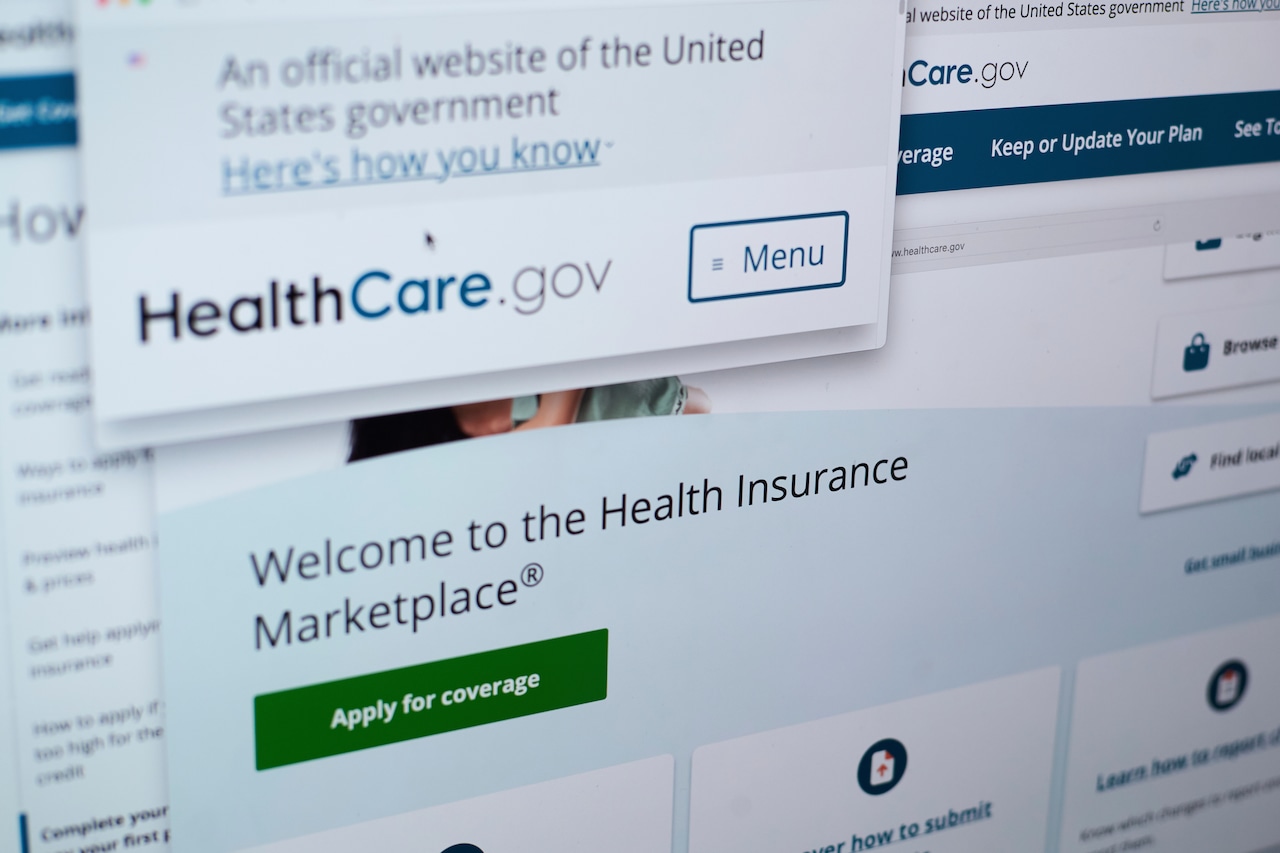Lyn Rosten can’t stop worrying about what her family’s health insurance will cost next year.
That worry deepened this month when the 47-year-old Portland resident opened a letter from her insurer.
Starting in January, the monthly premium for her family of three will rise to more than $2,000 — a 45% increase from the $1,377 they pay now.
Rosten and her husband, both self-employed, buy private health insurance through the state’s Affordable Care Act marketplace, which also covers their 10-year-old daughter. Rosten said the family lives month to month and has relied on enhanced federal subsidies that have lowered their premiums by about $500 each month this year.
That relief is about to end.
Those enhanced premium subsidies — expanded during the pandemic and later extended under President Joe Biden’s Inflation Reduction Act — will expire at the end of the year after the Republican majority in Congress declined to renew them in their tax and spending bill. The subsidies are now at the heart of a weekslong congressional standoff that has shuttered the federal government since Oct. 1.
Democrats have made renewing the enhanced subsidies a condition for reopening the government, arguing that the loss of aid would push health insurance costs beyond reach for millions of Americans. Republicans argue that the subsidies should be debated separately from a stopgap funding bill.
For Rosten, the enhanced subsidies have been essential as the cost of living climbs. Both Rosten and her husband work in creative fields — she as a freelance photographer, he as a commercial director — and they live month to month, she said. She said her family’s budget is already strained by rising premiums, shrinking care options and higher deductibles and out-of-pocket expenses.
“Rent is our biggest expense, but health care premiums will be rivaling that next year,” she said at a recent news conference with Oregon’s Democratic lawmakers. “This pushes health insurance spending nearly out of our reach, but we can’t live without health care.”
Most Oregonians get their health insurance through an employer or through the Oregon Health Plan, the state’s Medicaid program. But nearly 140,000 residents buy plans on Obamacare. Many are self-employed workers, small business owners and independent professionals, according to KFF, an independent health policy research organization.
The Affordable Care Act has always provided subsidies based on income, so people earning less can pay a smaller share of their income toward premiums. But before 2021, those subsidies were limited to people earning up to 400% of the federal poverty level — about $62,400 a year for an individual or $128,000 for a family of four. Anyone earning above that cutoff received no help at all.
Congress temporarily “enhanced” those tax credits during the pandemic by removing the income cap and making subsidies more generous across the board, said Emily Gee, a senior vice president at the Center for American Progress, a left-leaning think tank based in Washington D.C.
“The enhanced subsidies made health coverage far more affordable — especially for people in rural areas and for older adults who aren’t yet eligible for Medicare,” Gee said. “Losing them will hit those groups the hardest.”
If the enhanced credits expire, the system will revert to pre-pandemic rules. That means smaller subsidies for most Obamacare enrollees — and no help at all for about 35,000 Oregonians earning above the federal income limit, according to the Oregon Health Authority.
State regulators recently signed off on next year’s rates, which show individual health plans on the Affordable Care Act marketplace will cost about 10% more on average next year. According to state estimates, Oregonians who buy private insurance through the marketplace could pay an additional $127 to $456 a month on average, depending on income.
At a news briefing last week, Oregon’s congressional Democrats said residents who buy insurance through Obamacare could soon face a tough choice: pay higher premiums or go without coverage.
U.S. Rep. Suzanne Bonamici said a constituent, a 60-year-old who runs a small family farm in Clatsop County, could see her premiums rise from $230 a month today to $1,077 next year.
“That’s unconscionable and unacceptable,” Bonamici said. “Thousands of Oregonians are going through the same thing and are being forced to make those impossible decisions between keeping their coverage and paying their bills.”
Others will see smaller but still painful increases.
In Bend, 40-year-old Gail Manasco said the enhanced subsidies have saved her $74 a month for a private plan that covers her family of three. She said her family’s premium will rise from $1,700 to more than $2,000 a month.
While her family can manage the higher premium, Manasco said their plan will also shift from a preferred provider organization, or PPO, to an exclusive provider organization, or EPO — a more limited type of insurance that covers only care from in-network doctors and hospitals. If her family’s specialists are not included, she said, they may have to change providers or pay the full cost of care themselves.
“It’s becoming harder to find plans that let you see doctors outside a narrow network … it’s a big reduction in access,” she said. “Yet we’re paying more and more each year.”
Meanwhile, open enrollment for the state’s Affordable Care Act marketplace begins on Nov. 1. Those who plan to shop from the marketplace will have until Dec. 15 to choose a plan.
If you purchase a product or register for an account through a link on our site, we may receive compensation. By using this site, you consent to our User Agreement and agree that your clicks, interactions, and personal information may be collected, recorded, and/or stored by us and social media and other third-party partners in accordance with our Privacy Policy.
